
TARGET 120307
M42:
Uncovering Grand Central Terminal's
UnderWorld
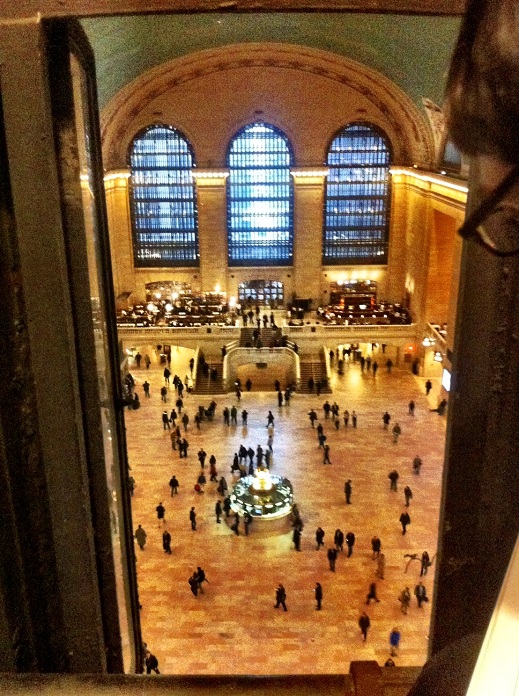
It is hard to imagine today, looking over Grand Central Station's terminal concourse from on high, that this now Grand Terminal was once slated for demolition. As property values rose and train travel declined in the 1950s, plans were made to destroy the building. After an inglorious decade of decline and in the wake of the destruction of the gorgeous Penn Station, the building was declared a city landmark and thus saved. A massive renovation in the 1980s and 90s returned the Terminal to its former glory.
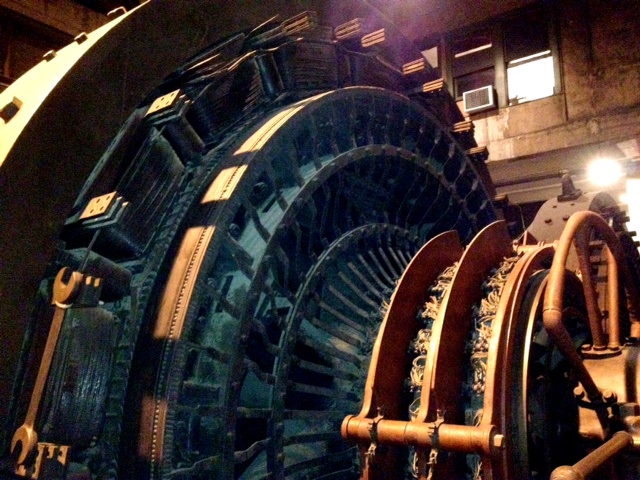
But some 70 years before that, after a previous complete dismantling and renovation, the station reopened in 1913. It was the third rail terminal building to stand at that location, but the first to be electrified. A part of that renovation had been to dig the deepest, largest basement in all of New York. 2.8 million cubic yards of earth and rock were removed to create enormous sub-basements to house control and power equipment.
Some 70 feet underground, massive rotary converters (shown above) were required to transform incoming AC power into the DC current needed to power the trains. These massive convertors and the electrical equipment to control them were virtually a built-in part of the terminal's basement.
But when the last renovation was done in 1980-90, new technology was available that made the old technology obsolete. The basement, with its massive equipment was simply closed off and now remains as a separate and secretly located part of the building.
And that closed-off part is your viewing target for today. Since this area contains a mass of varied equipment, if you described any of the equipment, the solitary and closed-off ambiance, the history, or any other part of this hidden-away location, you can consider your viewing as being "on target".
The "secret" sub-basement, known as M42, lies under the Terminal, containing not only the AC to DC converters but also all the electrical control panels, huge cabinets of switches, dials, gauges, electrical relays, massive capicators, electric rectifiers, etc., just some of which is shown here:
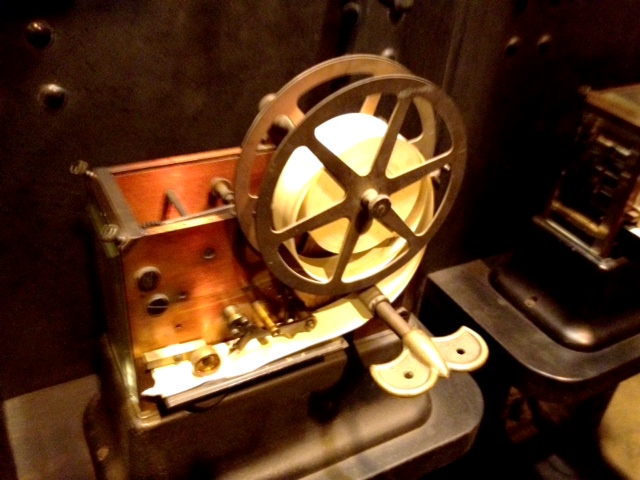
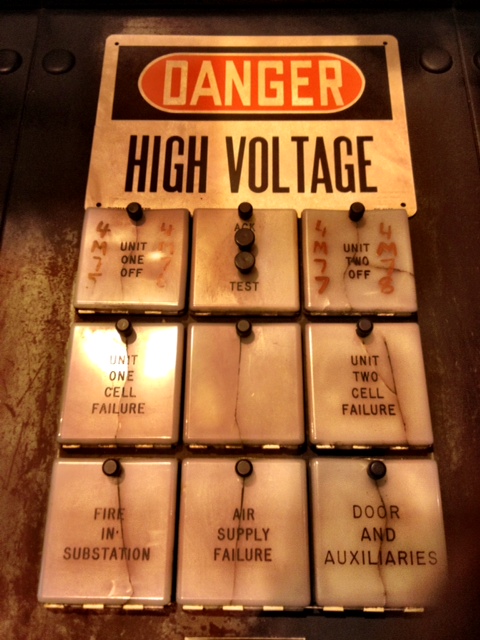
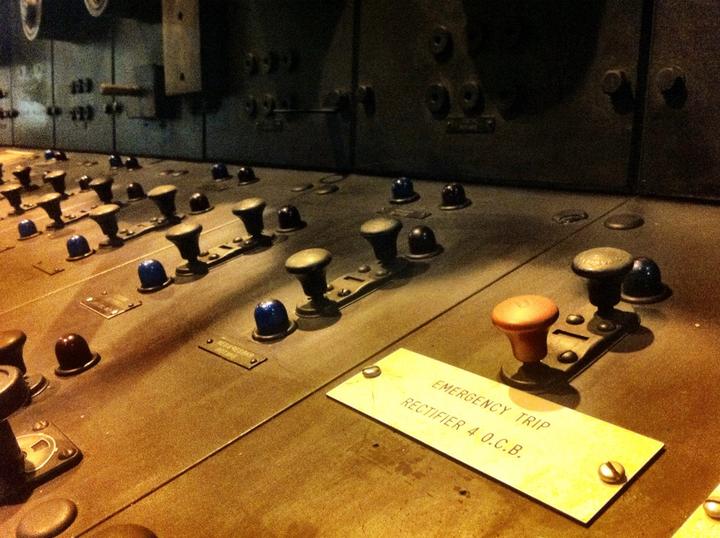
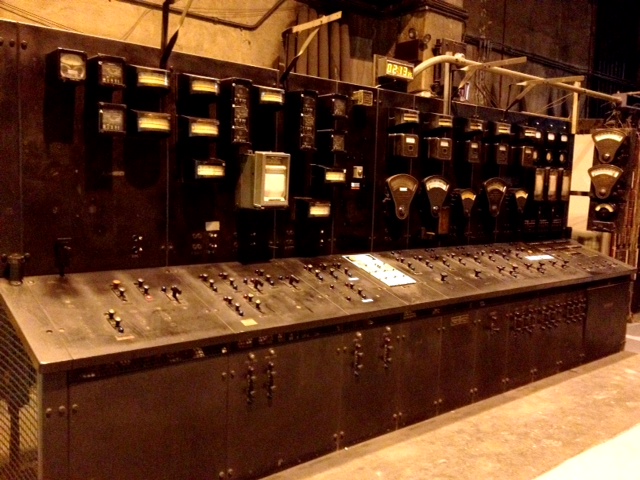
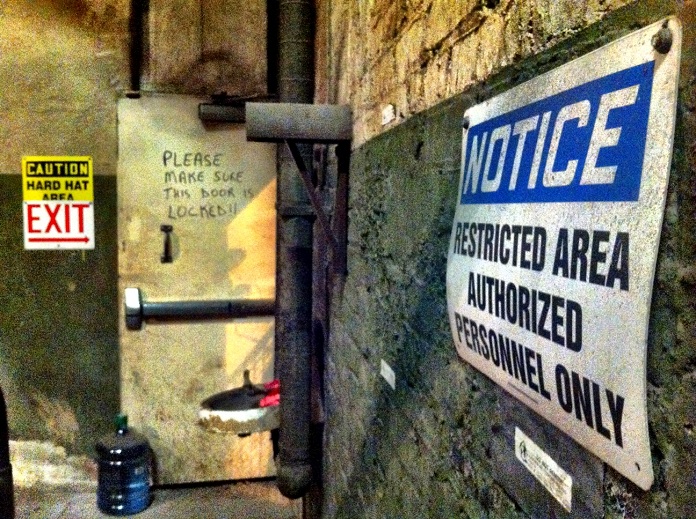
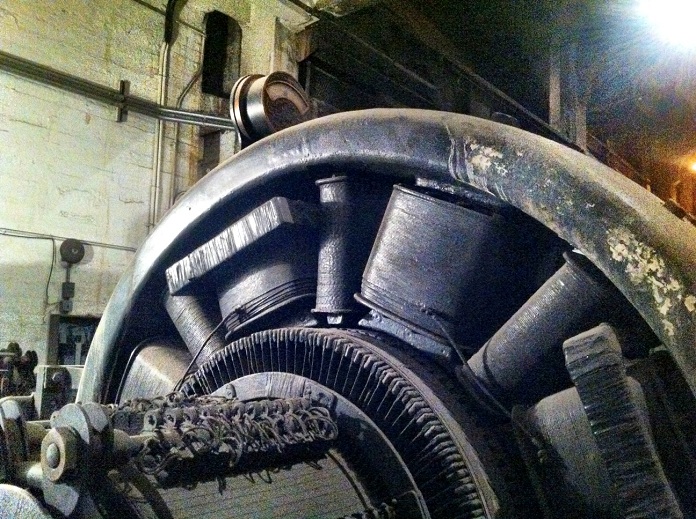
The exact location of M42 is a closely guarded secret and does not appear on maps or published floorplans, though it has been shown on television, most notably, the History Channel program, "Cities of the Underworld", and also a National Geographic special.
The original huge pieces of electrical equipment were not removed in the late 20th century when solid-state ones took over their job, and they remain today as a historical record, but one that is closed off to the public.
During World War II, this facility was closely guarded because its sabotage would have impaired troop movement all across the Eastern Seaboard. It is said that any unauthorized person entering the facility during the war risked being shot on sight: the rotary converters could have easily been crippled by a bucket of sand. Abwehr (pronounced, "Ahp-vehr"), a German espionage service, sent two spies to sabotage it. They were arrested by the FBI before they could strike.
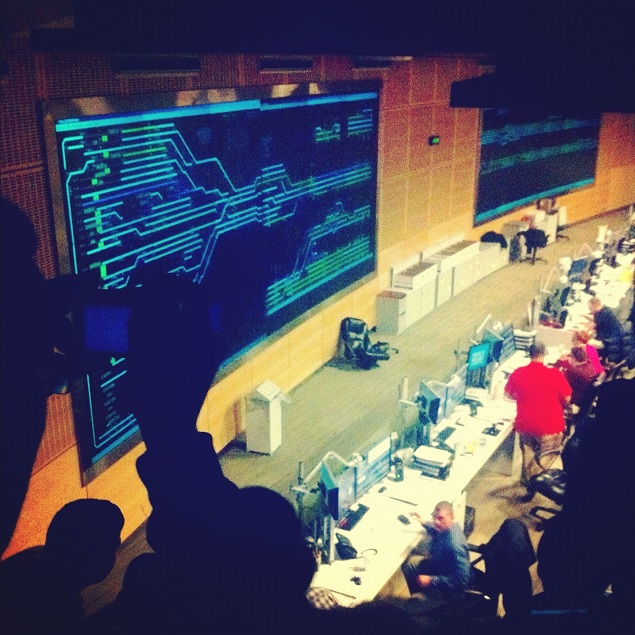
Today, in stark contrast with the gloomy depths below, a dedicated team, working the lastest electronic, computerized equipment. monitors and controls every train on every track 24 hours a day, 7 days a week. This ultra modern system is designed to make the terminal and the trains run as efficiently and safely as humanly possible. It is said, though, that many of these people have worked here for years and still do not know about the "secret" sub-basement that sits quietly buried below them.
FEEDBACK MAP
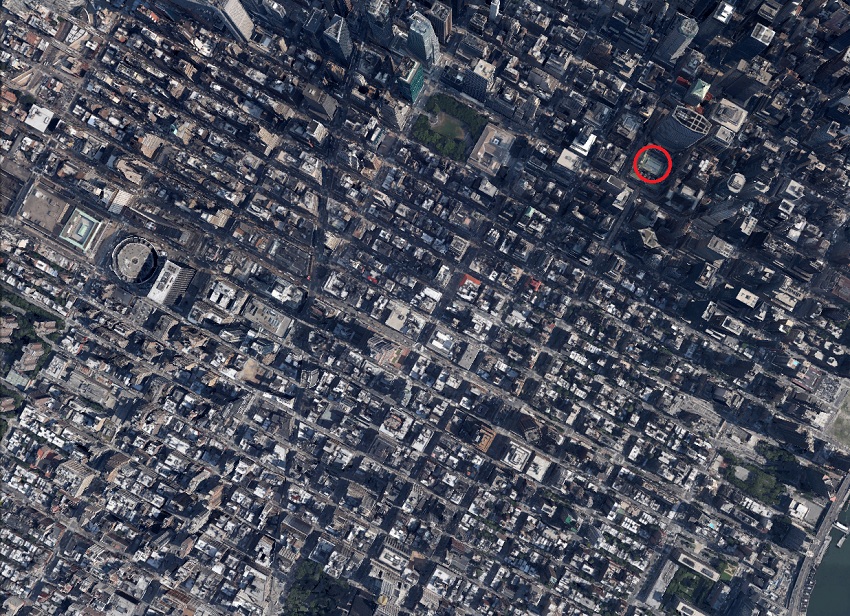
Untappedcities.com - The Top 10 Secrets of Grand Central Terminal
The history of Grand Central Terminal
Grand Central Terminal today
Many thanks to Ray McClure for this target